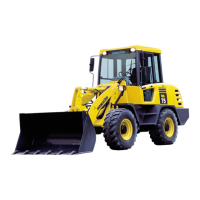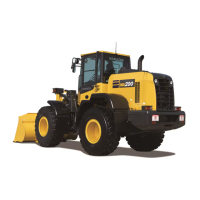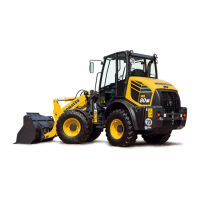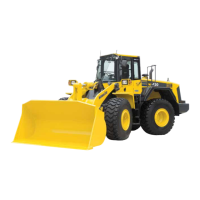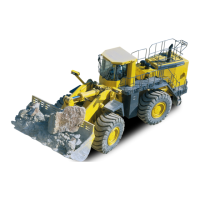BATTERY
WARNING
• Battery generates flammable gas. Never bring any open flame near fuel.
• Battery electrolyte is dangerous object. If it gets in your eyes or on your skin, wash it off with a
large amount of water and consult a doctor.
• Battery electrolyte dissolves paint. If it gets on the bodywork, wash it off immediately with water.
• If the battery electrolyte is frozen, do not charge the battery or start the engine with a different pow-
er source. There is danger that the battery may explode.
• Battery electrolyte is toxic. Do not let it flow into drainage ditches or spray it on to the ground sur-
face.
When the ambient temperature drops, the capacity of the battery will also drop. Maintain the battery charging
rate as close as possible to 100%. Insulate it against cold temperature to ensure that the machine can be star-
ted easily in the next morning.
REMARK
Measure the gravity of the electrolyte and calculate the charging rate from the following conversion table.
Electrolyte Temper-
ature
Charging Rate (%)
20 °C 0 °C –10 °C –20 °C
100 1.28 1.29 1.30 1.31
90 1.26 1.27 1.28 1.29
80 1.24 1.25 1.26 1.27
75 1.23 1.24 1.25 1.26
• When the ambient temperature is low, the capacity of the battery considerably drops. Cover it, or remove it
from the machine to place it in the warm place. Restore it again before the operation.
• If the electrolyte level is low, add distilled water in the morning before beginning the work. Do not add water
after the day's work to prevent diluted electrolyte in the battery from freezing during the night.
PRECAUTIONS AFTER DAILY WORK COMPLETION
To prevent mud, water, or the undercarriage from freezing and making it impossible for the machine to move on
the following morning, observe the following precautions.
• Remove all the mud and water from the machine body. In particular, wipe the hydraulic cylinder rods clean
to prevent damage to the seal caused by mud, dirt, or drops of water on the rod from getting inside the seal.
• Place the machine on a firm, dry ground.
If this is impossible, park the machine on boards.
The boards prevent the tracks from freezing to the ground, and allow the machine to move the next morn-
ing.
• Open the drain valve and drain any water collected in the fuel system to prevent it from freezing.
• Fill up the fuel tank. This minimizes moisture condensation in the tank when the temperature drops.
• In cold weather condition, add DEF to the defined level strictly. If adding more than the defined level, it may
expand to break the devices in the tank when it freeze.
If DEF tank level is lower than the defined level for the cold weather, DEF may freeze easily to damage the
parts in DEF system. If the filler cap freeze, de freeze and open.
AFTER COLD WEATHER SEASON
When the season changes and the weather becomes warmer, do as follows.
Replace the fuel and oil for all equipment with the ones of the specified viscosity. For details, see “RECOM-
MENDED FUEL, COOLANT, AND LUBRICANT (7-5)”.
OPERATION COLD WEATHER OPERATION
3-279
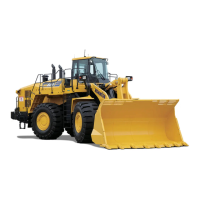
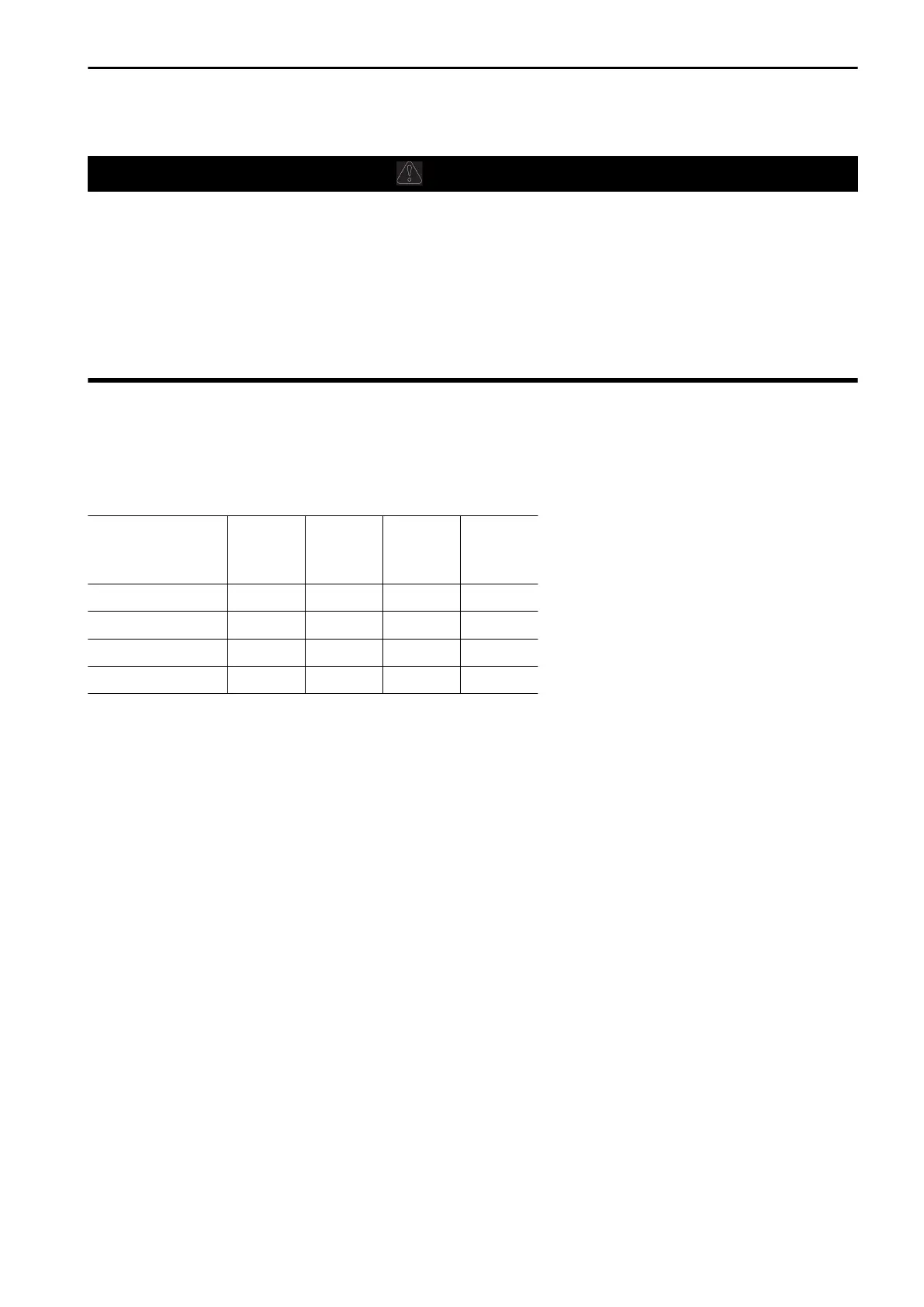